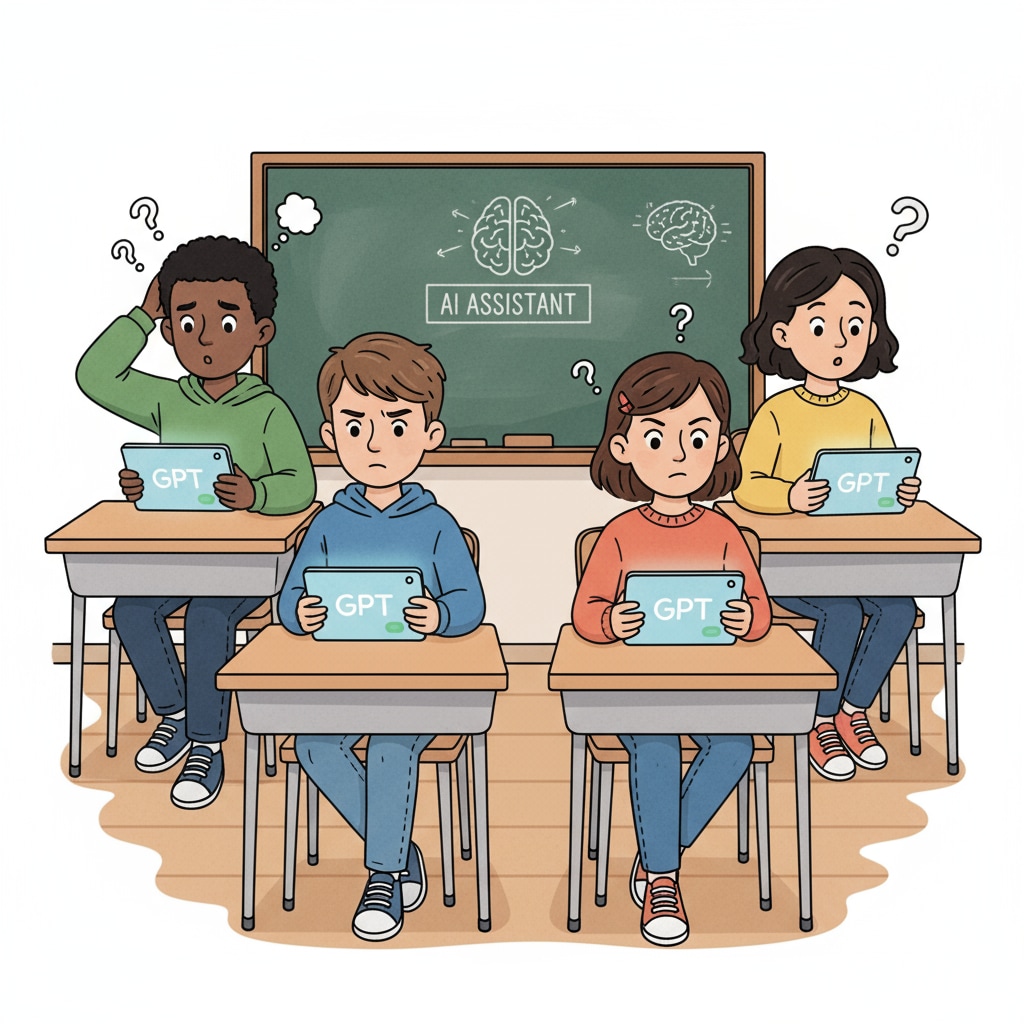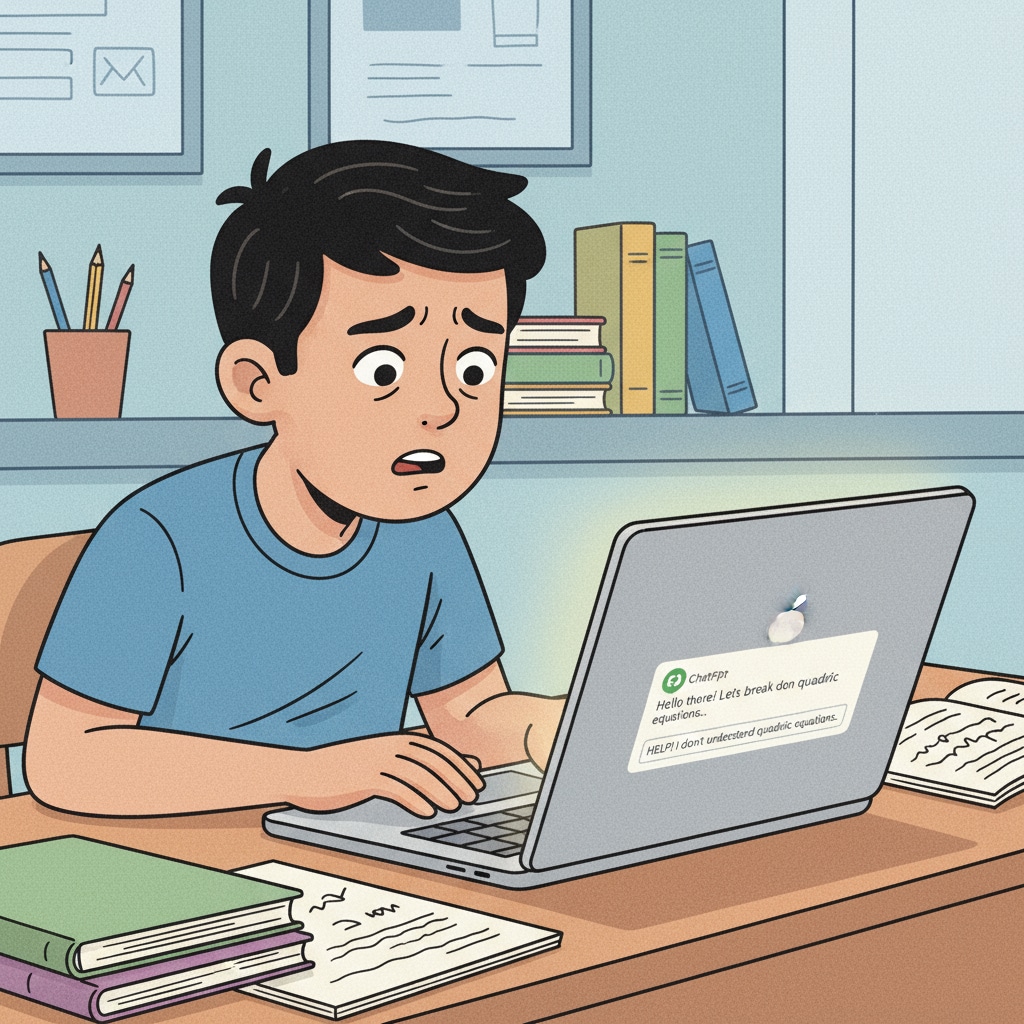Academic integrity, ChatGPT use, and guilt are becoming increasingly relevant topics in the realm of K12 education. The widespread adoption of AI tools like ChatGPT has brought about a new set of challenges for students. With the convenience these tools offer, students often find themselves in a moral bind, grappling with the implications of using them for academic tasks.

The Rise of AI in K12 Education
In recent years, AI has made significant inroads into the K12 education system. Tools such as ChatGPT can provide quick answers, generate essays, and offer explanations. For example, a student struggling with a difficult math problem or a writing assignment can turn to ChatGPT for assistance. However, this ease of access has blurred the lines of academic integrity. As per Educause, the integration of AI in education is a trend that requires careful consideration of its ethical implications.
The Guilt Factor
Many K12 students experience guilt when using ChatGPT for academic purposes. This guilt stems from several factors. Firstly, they are aware of the unwritten rules of academic integrity. Submitting work that is largely generated by an AI as their own feels like cheating. Secondly, there is a fear of getting caught. Teachers and educational institutions are becoming more vigilant in detecting AI-generated content. According to National Education Association, students often feel anxious about the potential consequences of being found using AI inappropriately.

Another aspect contributing to the guilt is the lack of personal achievement. Students understand that true learning comes from struggling with concepts, making mistakes, and finding solutions on their own. Using AI to bypass these processes can make them feel as though they haven’t truly earned their grades.
Defining Ethical Boundaries
Educators and institutions need to define clear ethical boundaries regarding the use of AI tools like ChatGPT in K12 education. This includes specifying when and how AI can be used. For instance, AI can be used as a research aid, to gather information and inspiration, but not as a substitute for original thinking and writing. Establishing these boundaries can help students understand what is acceptable and what crosses the line.
Fostering Digital Literacy
In addition to setting boundaries, it is crucial to foster digital literacy among K12 students. Digital literacy in this context involves teaching students how to critically evaluate AI-generated content, how to use it responsibly, and how to integrate it into their learning process. By promoting digital literacy, students can develop the skills to make informed decisions about using AI in their academic tasks.
In conclusion, the issues of academic integrity, ChatGPT use, and guilt in K12 education require immediate attention. By defining ethical boundaries and fostering digital literacy, we can help students navigate the complex landscape of AI in education and ensure that they develop into responsible and knowledgeable learners.
Readability guidance: The article uses short paragraphs and lists to summarize key points. Each H2 section provides a list of related ideas. The proportion of passive voice and long sentences is controlled, and transition words are scattered throughout the text.


